-
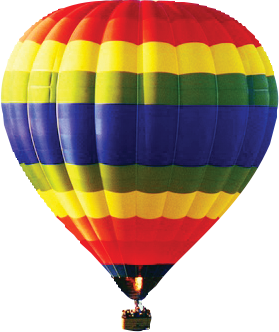
2002: Victoria University of Wellington, New Zealand
Twenty adults were shown images edited to depict their childhood selves aboard hot-air balloons. Half the subjects later claimed to remember these hot-air balloon rides that never happened.
-
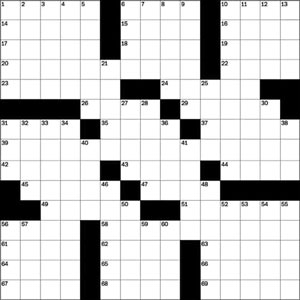
2014: Bronx Aging Study
Solving crossword puzzles for fun was found to slow dementia-induced memory decline for 2.5 years in subjects between the ages of 75 and 85.
-
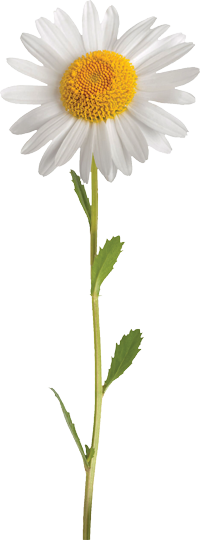
1989: University of North Carolinae
Male students rated the attractiveness of images of women while smelling either a floral scent or ammonium sulfide. When the participants were shown the images again two days later, they were more likely to recognize the same woman when smelling the same odor as before, regardless of pleasantness.
-

2004: University of Liège, Belgium
Subjects asked to imagine future scenarios envisioned them more vividly the nearer they seemed to the present. The same structures in the human brain are used in both remembering past events and forecasting the future, leading some researchers to liken the latter to “mental time travel.”
-

1969: Washington University in St. Louis
Information given to subjects who had consumed between eight and ten ounces of vodka in an hour was hard for them to remember once sober. When the subjects became inebriated again, their recall of that information improved significantly.
-
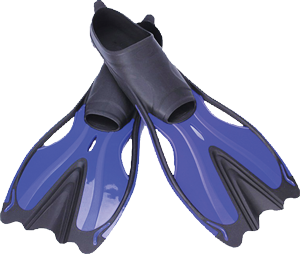
1975: University of Stirling, Scotland
Eighteen divers were tasked with memorizing one list of words on dry land and another underwater. They were then asked to recall each list in both environments. In every instance, the divers remembered a word better in the environment where they had first memorized it.
-
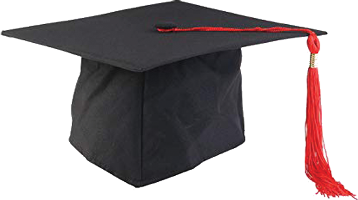
1988: Wellesley College
Alumnae who had graduated two, twelve, or twenty-two years earlier were asked to recall memories of freshman year. Regardless of how much time had elapsed, the majority of the recollections had taken place in the month of September.